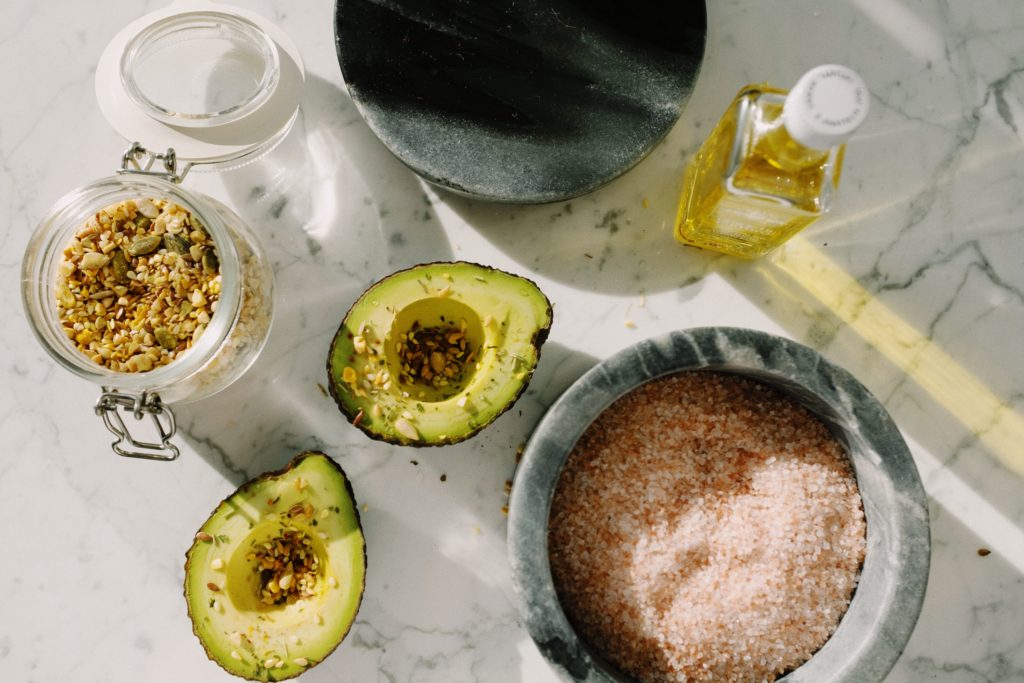MEAL REPLACEMENT DIET – PROS AND CONS AND HOW DOES IT WORK
With summer upon us, it’s tempting to try and cheat our way into rapid weight loss. If you’re curious about meal replacement diets, it helps to understand how they work. Here are the benefits and drawbacks you should know.
The year is 1977. The first SlimFast meal replacement diet enters the world, becoming the most popular selling weight-loss products. With celebrities such as Kim and Khloe Kardashian declaring similar products have helped towards their flat tummies, it’s unsurprising that meal replacement diets have been bought by millions. But how do they work and what are the advantages and disadvantages to using meal replacements?
What is meal replacement diet?
It’s what it says on the tin: a literal substitution for a meal that helps lessen our calorie intake to lose weight with very little effort required. Most diets of this kind advise around 1,200 to 1,400 calories per day and have evolved from soups and shakes to various different meal replacement products. Today you can swap a main meal for smoothies, cookies, bars and crisps.

How does a meal replacement diet work?
With most branded meal replacements, two of your usual meals are substituted with a meal replacement such as shakes, cookies or bars. Your main meal is a sensible choice of your own. In between your three main meals you can have a few 100-calorie snacks to help ease hunger twangs. Meal replacement diets also encourage at least 30 minutes of exercise per day as well as drinking plenty of water. Acclaimed to be packed with your daily vitamin intake, there’s no deficiencies to worry about. The majority of brands now also offer group support via social media, where you can gain motivation and encouragement from others.
Meal replacement diet: The pros
● Minimum effort required for busy lifestyles
● Flexible and convenient
● Calorie counting is more controlled.
● Varied choices of meal replacement products.
● Added nutritional formulas to meet some dietary needs.
● Years of experience and success for companies such as Slimfast.
● Snacking between meals is encouraged.
● Social media support groups to keep you motivated.
● Diets have been brought up-to-date with science-backed keto diets.

Meal replacement diet: The cons
● Less nutritious than wholesome healthy meals: lacks natural vitamins, minerals and proteins needed to support body and mind.
● Can’t provide all the antioxidants your body requires.
● Questionable sustainability when using this diet long term. The most successful diets are balanced with a range of natural wholefoods, rather than replacement meals.
● Not many replacement meal plans meet all dietary needs, such as coeliac disease. ● Once you end the meal replacement diet there’s a chance you could gain weight again
The meal replacement diet: Does it actually work?
With millions of people around the world turning to meal replacement diets for weight loss, it’s impossible to say that the diet doesn’t work. Here’s the science: by reducing your calorie intake, participating in 30 minutes of exercise and gulping ample H2O, you will lose weight more easily
